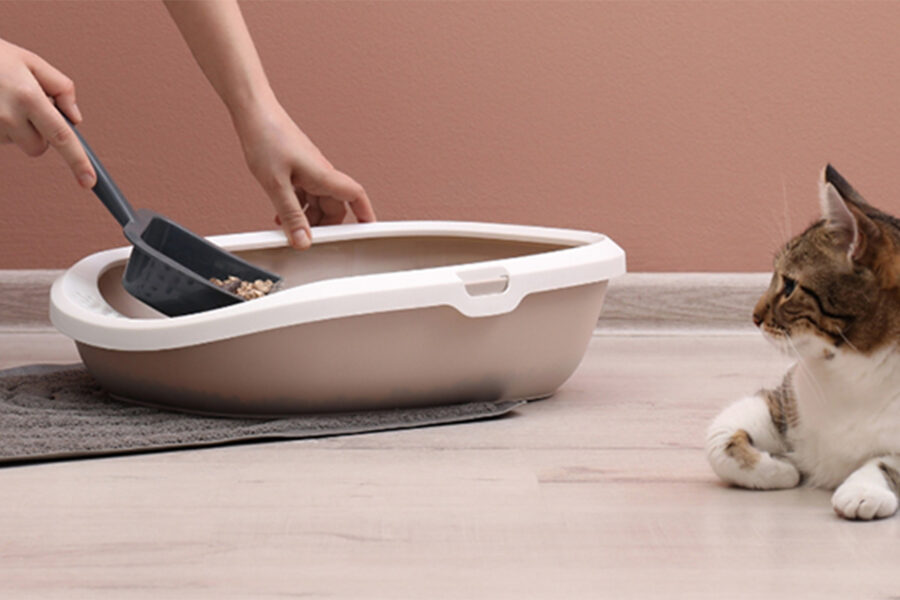Aggression in cats: causes and solutions
Aggression in cats can be divided into two groups: aggression between cats and aggression towards humans. Within these two groups, there are several categories, making the subject very complex to cover in a single article. There’s aggression linked to irritation, redirected aggression, aggression linked to lack of stimulation (boredom) and many others. In many cases, what we think of as aggression is actually fear. Since we can’t cover each of these categories, we’ll concentrate on ways to prevent the most common aggressions.
The wrong stimulation
We often use our fingers to play with our cat. The problem is that by doing so, we unwittingly teach the cat that the hand, and therefore the skin, is an object it can bite. And when little kittens grow up, the behavior sets in, and biting can become a problem. So it’s best to avoid playing with our fingers, and instead use toy sticks to keep our hands away from feline canines.
Lack of stimulation
Home-loving cats often lack stimulation. In short, they get bored and look for something to do. The cutest ones are content to climb the curtains or roll out the toilet paper. Others, more creative, will imagine that your ankle, foot or pants look strangely like moving prey and decide to chase you, poor fictitious prey. If you try to escape by moving or running, you unwittingly reinforce his game and encourage him to catch this prey moving in all directions. Your cat is surely having a great time. But what about you?
There are many ways to distract your cat. The two easiest methods are play and interactive food bowls. Pet stores sell a wide range of interactive food bowls. Why interactive? Because with these bowls, cats have to think and work to access their food. In fact, no cat should be fed from an ordinary bowl. They should all have to work to earn their food, just as they do in the wild. If you use an interactive bowl, rather than taking just 3 minutes to eat, your cat will take between 20 and 30. In other words, during those 20 to 30 minutes, your cat will be doing something other than chasing your ankle!
That said, play is still the easiest way to make sure your cat spends its energy wisely. Cats are sprinters, so there’s no need to play for hours on end. Two or three ten- to fifteen-minute play sessions are more than enough to avoid problems linked to lack of stimulation.
The cat with the bite
Do you have one of those cats that lets you pet it, purrs and then suddenly becomes aggressive and bites you for no apparent reason? Your cat is what’s known as a “cuddle-biter”. His behavior simply means that he likes your petting at first, but after a while, it’s enough, it’s even unbearable. Avoid petting this type of cat on the hips and belly. Only stroke their neck and head. You’ll see, the petting-biting syndrome will quickly disappear.
Poor presentation
If two cats are aggressive when in each other’s presence, the origin of the conflict often goes back to their first meeting. It’s important to avoid introducing a cat into a home where another cat is already present, thinking that everyone will magically get along. Use positive reinforcement when introducing a cat to another cat, and proceed gradually. Avoid advice found on the Internet or offered by non-professionals.
This recommendation applies to all advice concerning feline behavior, but particularly to advice relating to the behavior of an aggressive cat. Avoid advice from chat rooms or friends “who have had cats all their lives”. If left untreated, aggressive behavior can quickly escalate. What’s more, since these behaviors often involve the possibility of serious injury, aggressive cats are often euthanized.
Whatever the case, the first step is always to consult your vet, especially in the case of sudden aggression.


